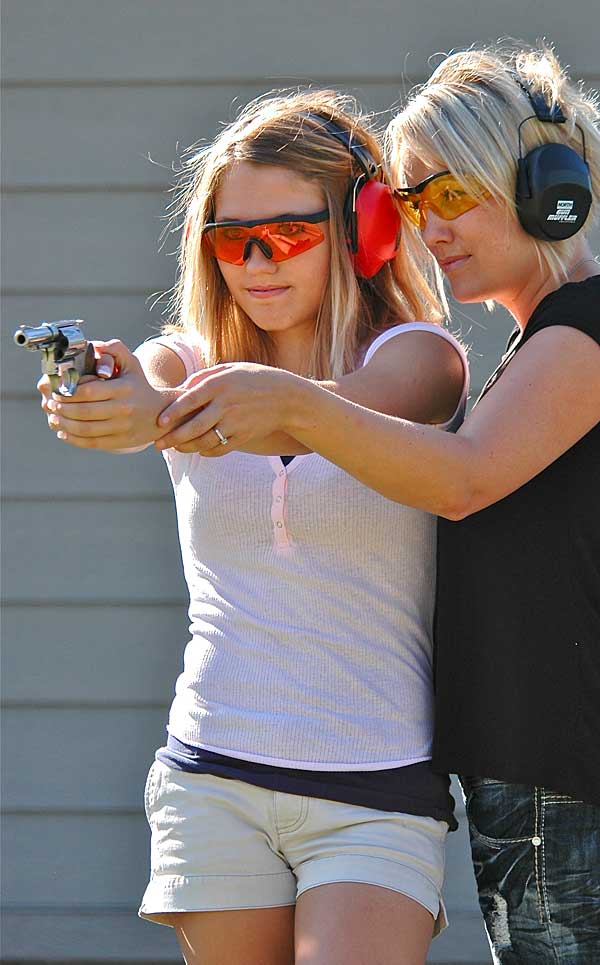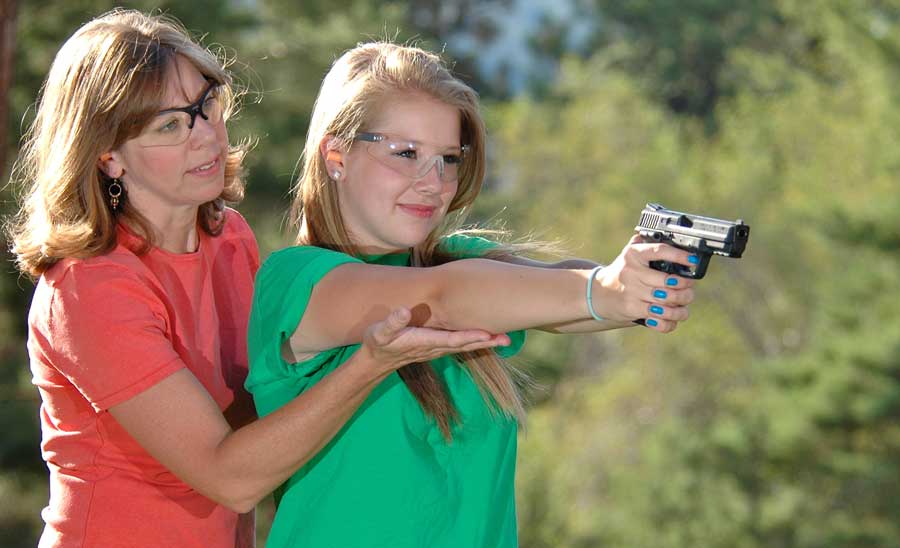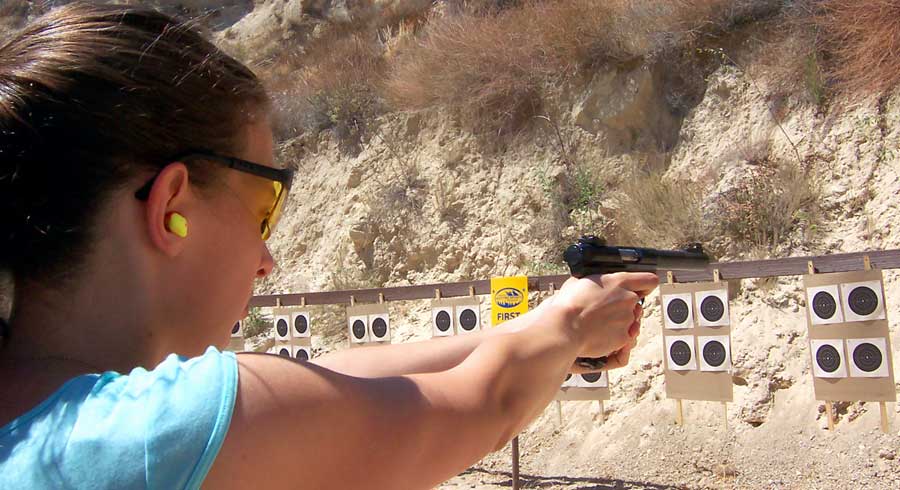Ed. note: This is part two of a three part series called “Why so many guns?” Click here to read part one of this series.
PISTOL OR REVOLVER?
Another consideration in handguns is that between revolvers and semi-automatic handguns. Revolvers have been around since before the Civil War, but semi-auto handguns are only about 100 years old. With a revolver the shooter has the ease of mind to know that all they have to do is point and shoot. Revolvers offer an ease of mind that pulling the trigger will get the desired result. And in the extremely rare situation that a cartridge is bad and fails to fire, the shooter need only pull the trigger again to cycle the revolver to another cartridge to fire.
The .357 and .44 cartridge have been very popular and successful as a handgun cartridge, but many of the revolvers shooting these rounds have pushed their price tags up above $600. The price of ammunition for these guns has also gone up, so their use as a target shooting gun is really diminished. The .38 caliber offers a relatively inexpensive medium ground for gun and ammunition, but is definitely on the lower end of good self-defense gun selection. However, the lightweight, and compact .38 revolvers from S&W, Ruger, and others have been very popular lately, due largely to their compact frame and easy concealment. Any revolver calibers lower than .38 might be good for target practice, but haven’t faired well as good self-defense rounds.
Another limitation with revolvers is their limited capacity (most are 5 or 6, with some .22 caliber revolvers holding 8). Fast reloads of a revolver require significant practice and skill. The revolver reloads are not as easy to carry concealed as a semi-auto magazine too. Because of this, many self-defense and even sport shooters, prefer to shoot semi-auto handguns.

SEMI-AUTO PISTOLS
Most full-size 9mm and .40 caliber full-size pistols allow 15-round magazines. The single stack magazine of the Government Model 1911 offers 7 or 8 rounds, but compensates with the powerful .45 ACP cartridge. The double stack Glock .45 ACP magazine allows an impressive 13 rounds. In addition to capacity, a semi-auto pistol can be reloaded fairly quickly. A simple push of a magazine release button, followed by the insertion of another loaded magazine, and a release of the slide to get the pistol back into battery. In a self-defense situation this quick reload feature alone may be the deciding factor between victory and defeat.
SEMI-AUTO DRAWBACKS
The drawback of semi-auto pistols is that they are far more prone to failure to fire situations. Often induced by shooter error, there are many situations that can cause the pistol to not only fail to fire, but require complicated procedures to get the pistol back into battery – the condition of being ready to fire. Double fed cartridges are particularly hard to clear, as are stove pipe situations where an ejected fired shell casing is not completely ejected and is captured within the ejection port as the slide attempts to go forward to charge another cartridge in the barrel. In any of these situations the shooter must physically manipulate the weapon to clear the blockage before another cartridge can be fired. This article isn’t for describing proper clearing procedures, but easy enough to say this is not as simple as pulling the trigger again like a revolver. So these considerations must be taken into account for the gun owner deciding on handgun purchases. In many cases gun owners choose to have a variety of both types.

CONCEALED CARRY
When talking about handguns one has to recognize that certain handguns are better suited for certain situations. Beyond the selection process on caliber, stopping power, and revolver vs. semi-auto, is the ever-present concern about carrying the firearm on your person or in your vehicle. Concealed carry by lawful citizens is allowed to some degree in 48 States, and the number of citizens acquiring CCW permits is increasing rapidly.
Dirty Harry’s .44 Magnum is an awesome handgun (that will blow your head clean off), but it’s 8-inch barrel really isn’t practical for carrying in public. Many manufacturers offer a compact version of their full-size handguns for just such concerns. By reducing overall size and weight, the shooter can more easily carry their firearm concealed. The compact versions still maintain the same features of the full-size handgun, allowing the shooter to be familiar with a different handgun.
In recent years some of the biggest advancements in handguns have been the slim-framed pocket pistols. These easily concealable handguns are ideal for concealed carry and are now being offered in 9mm, which I believe is the lowest acceptable self-defense caliber. Other compact or mini-pistols have proven themselves as winners in the concealed carry arena as well.

HUNTING – WITH HANDGUNS!
Some people hunt with handguns. Yes, handguns! Hunting wild hogs with handguns is often done because the terrain is so thick that rifles and shotguns are harder to wield and quickly bring to bear for a shot. A buddy of mine took a nice sized doe 2 years ago with a .44 Magnum with 10-inch barrel and scope.
I am personally a little leery of hunting with a pistol, but I always carry a pistol with me for personal defense and for any finishing work that’s needed. However, I’ve seen that in the right hands and circumstances a game animal can be ethically taken with a handgun. Ethically meaning that the hunter is likely to kill the animal with a properly placed shot in the shortest amount of time – immediately being preferred. Hunters could easily justify hunting smaller game animals with a handgun. And for hunters that have any disabilities, hunting with a handgun may be the most advantageous or necessary means to hunt.
